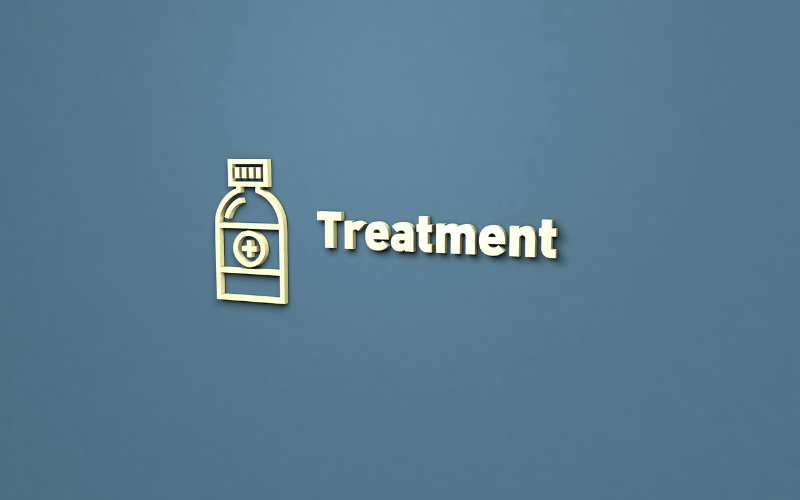Fact 7: Diverse Treatment Approaches

The initial step in treating NMS involves the immediate discontinuation of the offending antipsychotic medication. Given that NMS results from a reaction to these drugs, discontinuing them halts further progression of the syndrome. This step is universally accepted as the first line of action in the treatment of NMS.
Supportive care measures form a crucial part of NMS treatment. These may include aggressive cooling to manage hyperthermia, hydration to prevent renal failure, and other interventions as needed based on the patient’s condition. The goal of these measures is to alleviate symptoms, prevent complications, and support the body’s physiological functions while it recovers.
While supportive care is essential, pharmacological interventions also play a role in managing NMS. Medications such as dantrolene and bromocriptine have been used with varying degrees of success in treating NMS. These drugs work by targeting the underlying pathophysiology of NMS, though their use is typically reserved for severe or refractory cases.
In certain cases, especially those resistant to other forms of treatment, Electroconvulsive Therapy (ECT) has been used as a therapeutic modality for NMS. While this is not a standard approach, ECT has proven beneficial in several reported cases. However, it should be reserved for treatment-resistant cases and must always be administered under the supervision of a specialist.
Ultimately, the treatment of NMS should be individualized, considering the patient’s specific symptoms, the severity of the condition, and any underlying health issues. This personalized approach ensures the highest likelihood of successful treatment and recovery. (7)